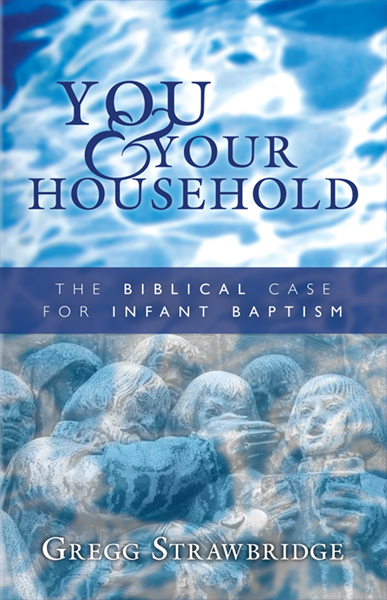By Joel Nelson, Guest Series
Read Part 1
Purpose of Weekly Church Gatherings
The Body of Christ is called not to
imitate the practices of the world, including its darkness and fears, but
rather to walk as children of light to try to discern what is pleasing to the
Lord, and to take no part in the unfruitful works of darkness but instead
expose them (Eph. 5:9-11). The cultural contrast necessitated by walking in the
light, and exposing the works of darkness, may be uncomfortable. It may be
foreign, even shocking to the sensibilities of those outside the church. This
should be expected when two cultures collide. But even so, some may question
whether it is prudent or appropriate for this contrast to be exhibited during a
time of societal upheaval. Specifically, when the rest of society comes to a
standstill and goes indoors out of fear of contagion, should the church
situated in today’s world follow society’s lead and also retreat, or should it
continue to meet to worship, sing and pray? We will now focus on this question.
For context, the arguments in this essay are predicated upon specific assumptions regarding the church, its union with Christ, and its position in the world.[i] It is assumed throughout this essay that the primary purpose of weekly assembled gatherings of the covenant people of God is worship, not evangelism to nonchristians. Within this context, evangelism takes the form of members of the church body going out from the weekly assembly to the world to witness and evangelize. Thus, the purpose of the assembled gathering is not primarily that of outreach, or attracting those outside to come in. Rather, as Jeff Meyers wrote in The Lord’s Service, it is a family gathering for access to the sanctuary.
In fact, within this assembly of the baptized covenant community, the assembled saints before YHWH’s throne may be so counter-cultural, so unique compared to ordinary society and civic gatherings, that the unbeliever who enters may be “convicted by all, called to account by all, the secrets of his heart are disclosed, and so, falling on his face, he will worship God and declare that God is really among you” (1 Cor. 14:24-25). The nature, format, even style of the corporate assembly is modeled on heavenly patterns, not on the whims and styles of contemporary cultural practices (whether legislative assemblies or modes of entertainment such as “TED Talks” or music concerts). It follows, then, that the culture of that assembly will not be congruous to outside cultural practices as well. Peter Leithart notes in The Baptized Body that “the church, as the body of Christ made up of baptized believers, is a separate culture, a separated and holy people” from that of the surrounding world. And as a separate culture, rather than a religious organization within an existing culture, “it has its own internal political and social configuration, its own language, rites, and disciplines.” As such, “what will outsiders think of our worship practices” ought not to be the deciding factor or overarching concern of the local church body.
(more…)
Read more

























